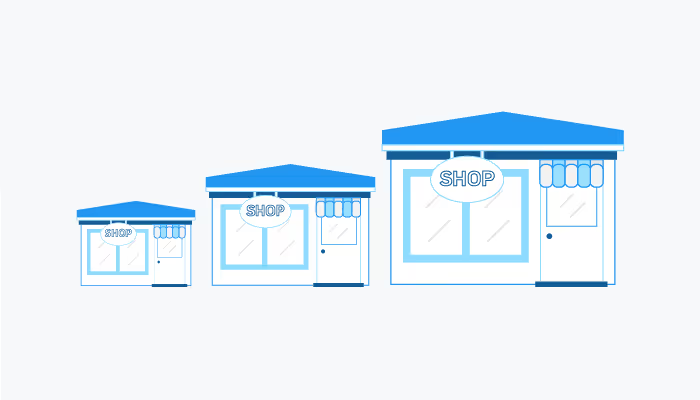What are Service Provider Levels and How Do They Affect PCI Compliance?
If you’re a service provider, you may have some different PCI requirements based on what level you are.

If you’re a service provider, you may have some different PCI requirements based on what level you are.

Let’s start by defining what a service provider is. This is a business entity that isn’t a payment brand, but is directly involved in the processing, storage, or transmission of cardholder data on behalf of another business. This also includes companies that provide services that control or could impact the security of cardholder data. Examples include managed service providers that provide managed firewalls, IDS/IPS, and other services, as well as hosting providers.
Like merchants, service providers have a couple of different levels based on the volume of transactions they handle annually.
Service providers’ PCI requirements can be different, depending on their levels. PCI requirements for service providers vary based on the volume of annual transactions that you store, process, or transmit.
Here is some basic information on service providers, their levels, and what the PCI DSS requires of them.
See also: How do Merchant Levels Determine PCI Compliance?
These are service providers that store, process, or transmit more than 300,000 credit card transactions annually.
PCI Requirements validated
Note: Receiving a ROC and validating as a Level 1 Service Provider allows you to be on Visa’s Global Registry of Approved Service Providers. For many organizations, listing with Visa and other card brands is a powerful marketing tool.
These are service providers that store, process, or transmit less than 300,000 credit card transactions annually.
PCI Requirements validated
Note: Occasionally, a Level 2 Service Provider will be asked by its partners, clients, or integration partners to validate compliance as a Level 1 with a QSA onsite assessment. Level 2 Service Providers will also sometimes choose to validate as a Level 1 to be on Visa’s Global Registry of Approved Service Providers.
No matter what level of service provider you may be or how many cards you process, you need to make sure that you’re protecting your customers and data and that you’re compliant with all your PCI requirements.
Here a few tips to help you get PCI compliant:
Document everything: Having proper documentation with your policies and procedures will help you give proof of PCI compliance and help you stay organized in data security.